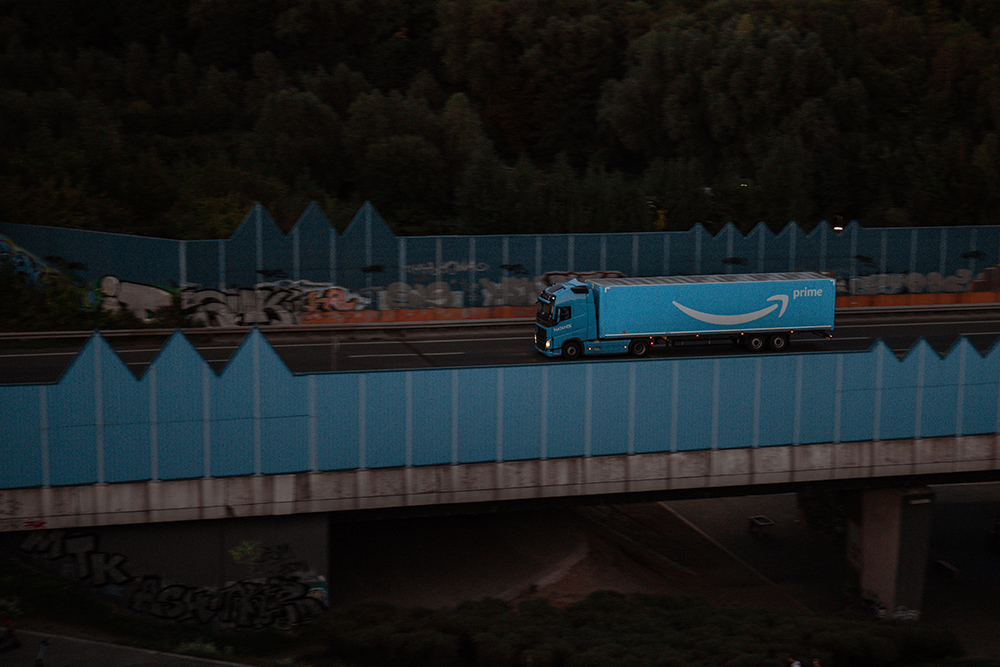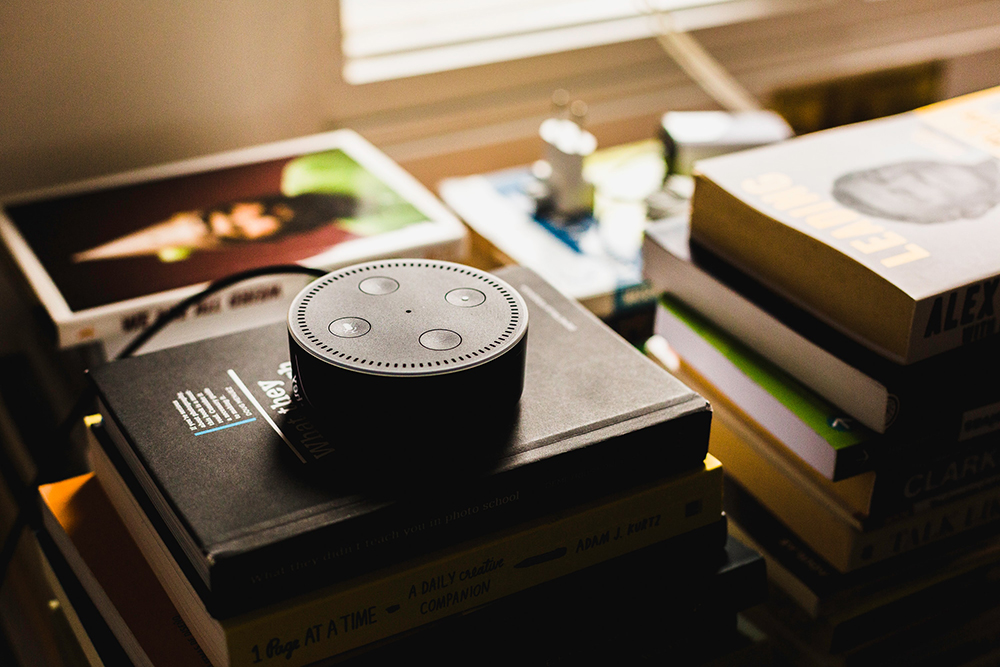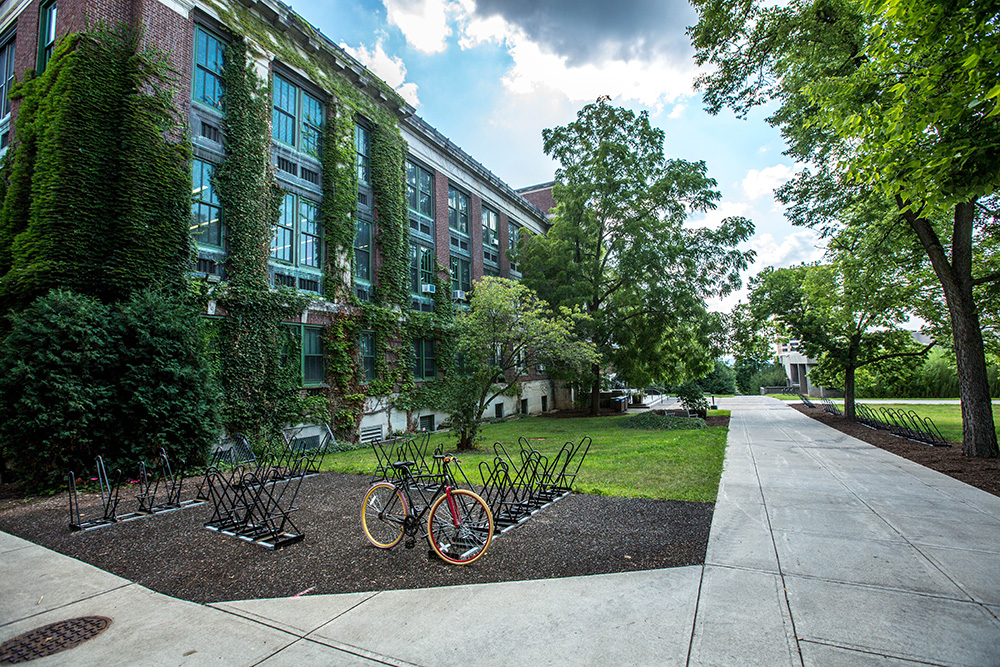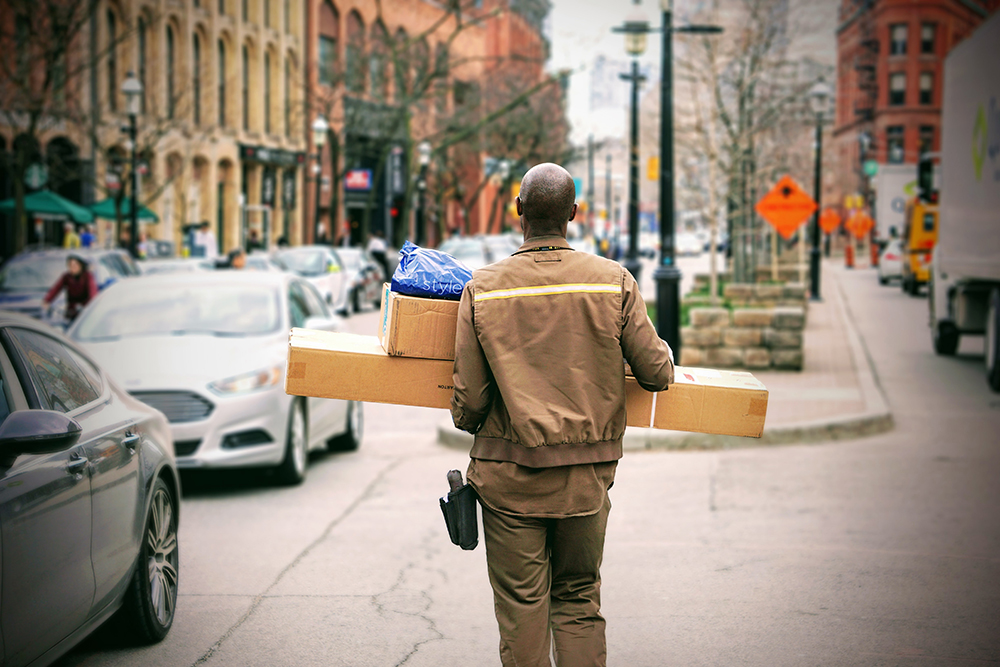For years there has been a trend to add social features to service robots, such as delivery, security and cleaning robots, and also to industrial robots, resulting in cobots. They do not usually become fully social robots, but they benefit from having eyes and mouths or making sounds – or from being able to get very close to people without hurting or hindering them. Amazon is riding this wave with its Proteus transport robot. It can be found in a huge department store in Reading, Massachusetts. A Wired editor writes about his first encounter with two Proteus models: “Their round eyes and satisfied grins are rendered with light emitting diodes. They sport small lidar sensors like tiny hats that scan nearby objects and people in 3D. Suddenly, one of them plays a chipper little tune, its mouth starts flashing, and its eyes morph into heart shapes. This means, I am told, that the robot is happy.” (Wired, 26 June 2023) “Why would a robot be happy?”, asks the editor Sophie Li, a software engineer at Amazon. She explains that being able to express happiness can help Proteus work more effectively around people. “Proteus carries suitcase-sized plastic bins filled with packages over to trucks in a loading bay that is also staffed by humans. The robot is smart enough to distinguish people from inanimate objects and make its own decisions about how to navigate around a box or person in its path. But sometimes it needs to tell someone to move out of the way – or that it is stuck, which it does by showing different colors with its mouth. Li recently added the heart eyes to let Proteus also signal when it has completed a task as planned.” (Wired, 26 June 2023) The market for real social robots is still in its infancy. Care and therapy robots, entertainment and toy robots, or sex robots – there is a constant up and down, with companies emerging and disappearing, products appearing and disappearing. It is uncertain whether all social robots will be needed. What is certain is that social features will help to improve modern industrial robots and classic service robots.
Astro Comes to the World
During an online event on 28 September 2021, Amazon unveiled its first home robot. Astro is as small as a vacuum cleaner and has a display that forms its head. It is supposed to take over household tasks – as reported by SPIEGEL ONLINE. It can drive around the house when the residents are away, sending them live images. It should be able to recognize the sound of shattering glass and alarm signals from smoke detectors – so it would have functions familiar from security robots. Furthermore, it should be possible to keep in touch with older relatives via Astro. Its camera can be extended so that it is at eye level and can also look over obstacles. Of course, the robot also offers an interface to Alexa. Unlike Elon Musk’s Optimus, Astro is already a product. However, it is a product that can initially only be purchased in the US and only after an application.
Alexa has Hunches
Amazon’s Alexa can perform actions on her own based on previous instructions from the user without asking beforehand. Until now, the voicebot always asked before it did anything. Now it has hunches, which is what Amazon calls the function. On its website, the company writes: “Managing your home’s energy usage is easier than ever, with the Alexa energy dashboard. It works with a variety of smart lights, plugs, switches, water heaters, thermostats, TVs and Echo devices. Once you connect your devices to Alexa, you can start tracking the energy they use, right in the Alexa app. Plus, try an exciting new Hunches feature that can help you save energy without even thinking about it. Now, if Alexa has a hunch that you forgot to turn off a light and no one is home or everyone went to bed, Alexa can automatically turn it off for you. It’s a smart and convenient way to help your home be kinder to the world around it. Every device, every home, and every day counts. Let’s make a difference, together. Amazon is committed to building a sustainable business for our customers and the planet.” (Website Amazon) It will be interesting to see how often Alexa is right with her hunches and how often she is wrong.
Talk to the Shuttle
Olli 2.0 is born. Local Motors and IBM had presented an autonomous shuttle in 2016 that reminded of the Smart Shuttle operated by PostAuto AG in Sion, Valais. Unlike this one, however, Olli 1.0 could not only think but also speak, both at a high level and with the help of IBM Watson. Passengers’ wishes are accepted, for example with regard to destinations, and these are even suggested; when it is hot, the car drives to the nearest ice cream parlour. Olli could also reassure passengers or passers-by: “For citizens of Maryland, many of whom have never seen a self-driving car, Watson’s reassuring communications could be critical to making them more comfortable with the idea that there’s no human being at the wheel.” (Information IBM) Olli 2.0, launched in 2019, can not only access IBM Watson, but also Amazon’s deep learning chatbot service Lex. Something else is different from the predecessor: Olli is now 80% 3D-printed. This was reported by Techcrunch on August 31, 2019. The magazine contains more interesting information about the shuttle. By the way, it is intended for small areas, especially for trade fairs and university campuses. But like the Smart Shuttle, it has already been tested in small cities.
Amazon’s Delivery Robots Arrive in Irvine
Transport and delivery robots convey items of all kinds, like parcels and purchases from one party (often the provider or broker) to another (often the customer) or they accompany and relieve pedestrians and cyclists of their burden. From 2016 to 2018, Swiss Post tested small transport robots by Starship Technologies in Berne. Amazon began testing autonomous robots in a suburb of Seattle at the beginning of the year. According to USA TODAY, they will deliver packages to customers in Irvine, California. Irvine is a university town with about 250,000 inhabitants. It was planned and built in the 1960s by the Irvine Company. “Amazon said the robots, which are light blue and have the Amazon smile logo stamped on its sides, are able to avoid crashing into trash cans or pedestrians. Still, a worker will accompany the robots at first.” (USA TODAY, 6 August 2019) This is, of course, an effort that cannot be operated indefinitely. Once the escort is removed, there may be a higher likelihood of accidents. Transport robots of this type are dangerous trip hazards. They also create enormous complexity in urban traffic. These problems were addressed in Oliver Bendel’s article “Service Robots in Public Spaces” in June 2017 which can be downloaded here.




